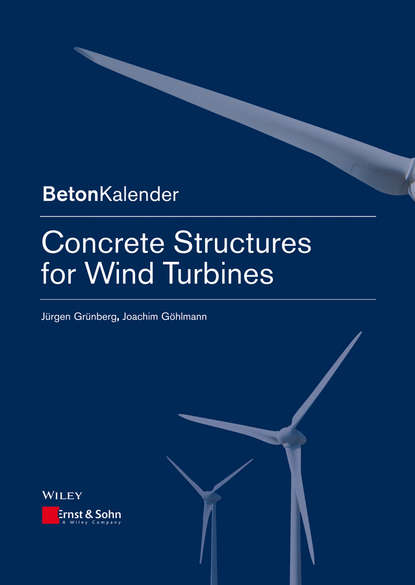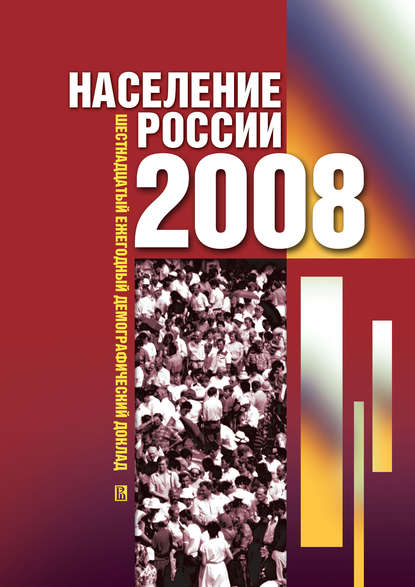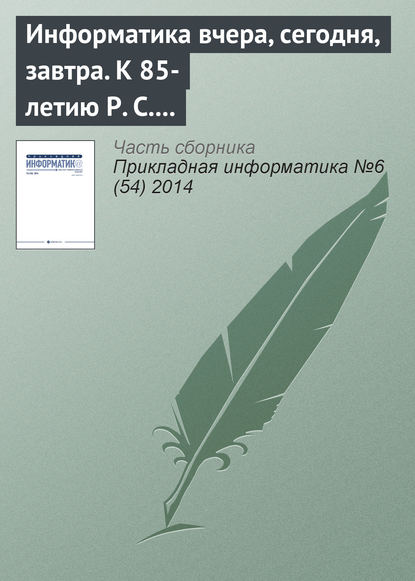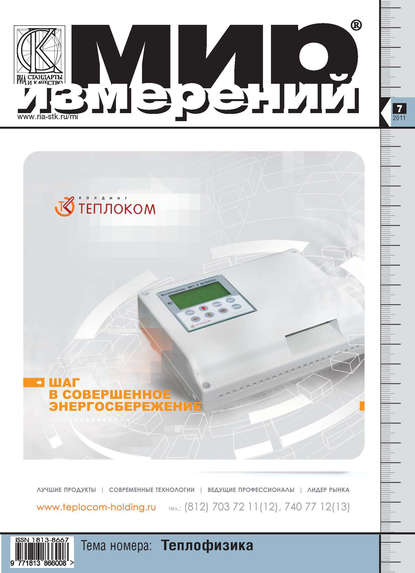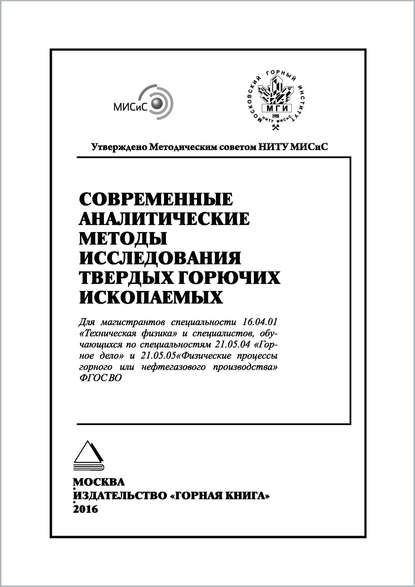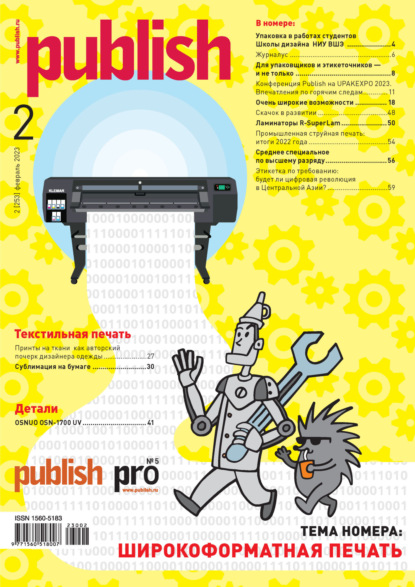Книга "Бетонные конструкции для ветрогенераторов" посвящена планированию и анализу конструкций железобетонных башен и фундаментов для ветрогенераторов как на суше, так и на море. В Германии ветроэнергетическая отрасль занимает лидирующие позиции в мире в разработке и строительстве ветрогенераторов, и эта книга дает обзор современных требований к проектированию и строительству их оснований. Книга содержит информацию о том, как учитывать динамические нагрузки на конструкции ветрогенераторов, включая усталостные эффекты, которые являются критическими для соединений и стыков бетонных и гибридных конструкций, а также многоосевые напряжения, которые не учитываются в национальных нормах проектирования. В книге также рассматривается процесс изготовления гибридных конструкций, сегментированное строительство предварительно напряженных бетонных башен и фундаментов для ветрогенераторов на море. Книга является частью серии "Beton-Kalender", которая изначально была создана в 1906 году в Германии для отражения прогресса в железобетонном строительстве, и стала популярным источником информации для инженеров по всему миру.
Электронная Книга «Concrete Structures for Wind Turbines» написана автором Joachim Göhlmann в году.
Минимальный возраст читателя: 0
Язык: Английский
ISBN: 9783433603314
Описание книги от Joachim Göhlmann
The wind energy industry in Germany has an excellent global standing when it comes to the development and construction of wind turbines. Germany currently represents the world's largest market for wind energy. The ongoing development of ever more powerful wind turbines plus additional requirements for the design and construction of their offshore foundation structures exceeds the actual experiences gained so far in the various disciplines concerned. This book gives a comprehensive overview for planning and structural design analysis of reinforced concrete and pre-stressed concrete wind turbine towers for both, onshore and offshore wind turbines. Wind turbines represent structures subjected to highly dynamic loading patterns. Therefore, for the design of loadbearing structures, fatigue effects – and not just maximum loads – are extremely important, in particular in the connections and joints of concrete and hybrid structures. There multi-axial stress conditions occure which so far are not covered by the design codes. The specific actions, the nonlinear behaviour and modeling for the structural analysis are explained. Design and verification with a focus on fatigue are adressed. The chapter Manufacturing includes hybrid structures, segmental construction of pre-stressed concrete towers and offshore wind turbine foundations. Selected chapters from the German concrete yearbook are now being published in the new English «Beton-Kalender Series» for the benefit of an international audience. Since it was founded in 1906, the Ernst & Sohn «Beton-Kalender» has been supporting developments in reinforced and prestressed concrete. The aim was to publish a yearbook to reflect progress in «ferro-concrete» structures until – as the book's first editor, Fritz von Emperger (1862-1942), expressed it – the «tempestuous development» in this form of construction came to an end. However, the «Beton-Kalender» quickly became the chosen work of reference for civil and structural engineers, and apart from the years 1945-1950 has been published annually ever since.
